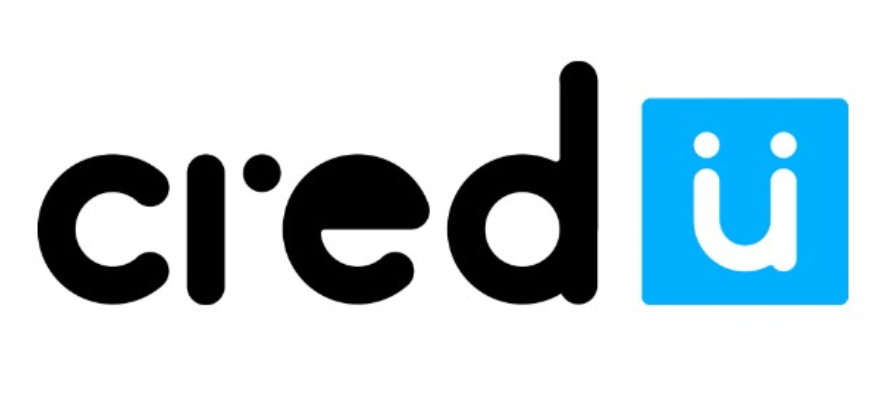Loading...
Mandated uses:
HIPAA–covered entities such as providers completing electronic transactions, healthcare clearinghouses, and large health plans were required by regulation to use only the NPI to identify covered healthcare providers by May 23, 2007. CMS subsequently announced that as of May 23, 2008, CMS will not impose penalties on covered entities that deploy contingency plans to facilitate the compliance of their trading partners (e.g., those healthcare providers who bill them). The posted guidance document can be used by covered entities to design and implement a contingency plan. Details are contained in a CMS document entitled, “Guidance on Compliance with the HIPAA National Provider Identifier (NPI) Rule.” Small health plans have one additional year to comply.
All individual HIPAA–covered healthcare providers or organizations must obtain an NPI for use in all HIPAA standard transactions, even if a billing agency prepares the transaction. Individual HIPAA–covered healthcare providers include physicians, pharmacists, physician assistants, midwives, nurse practitioners, nurse anesthetists, dentists, denturists, licensed opticians, optometrists, chiropractors, clinical social workers, professional counselors, physical therapists, occupational therapists, pharmacy technicians, and athletic trainers. Organizations include hospitals, home health care agencies, nursing homes, residential treatment centers, group practices, laboratories, pharmacies, and medical equipment companies. Once assigned, a provider’s NPI is permanent and remains with the provider regardless of job or location changes. Other health industry workers who provide support services but not health care (such as admissions and medical billing personnel, housekeeping staff, and orderlies) are not required to obtain an NPI.

Identifier Details:
The NPI is a 10-position, intelligence-free numeric identifier (10-digit number). This means that the numbers do not carry other information about healthcare providers, such as the state in which they live or their medical specialty. The NPI must be used in lieu of legacy provider identifiers in the HIPAA standards transactions. As outlined in the federal regulation, The Health Insurance Portability and Accountability Act of 1996 (HIPAA), covered providers must also share their NPI with other providers, health plans, clearinghouses, and any entity that may need it for billing purposes. Ten-digit NPI numbers may be validated using the Luhn algorithm by prefixing “80840” to the 10-digit number.
Use as a data key:
The NPI is a data key that identifies a substantial portion of healthcare providers and other entities in the US, it is a frequently used data key in other data sources. For instance, the DocGraph data set is a crowdfunded open data set that details how healthcare providers collaborate to deliver care (i.e. referral patterns) that uses the NPI as its data key.


